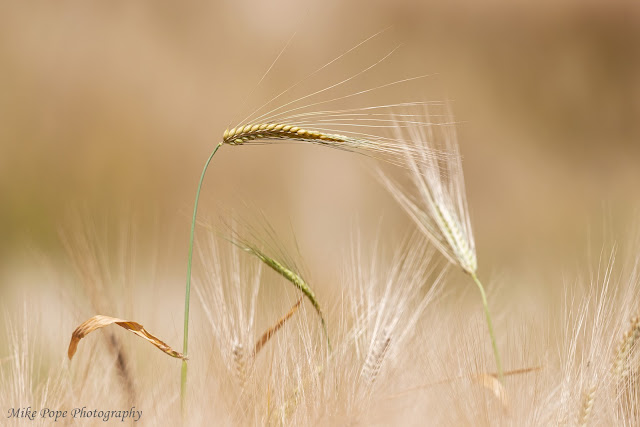There was a lot of humidity in the air when I left my apartment and it was quite thick in the air when I arrived at the Pivots just before 6:30. But it smelt great and really did feel like spring was in the air.
Driving through the gate, the first bird up was a Turkestan Shrike
 |
| Turkestan Shrike (Lanius phoenicuroides) |
I started on one of the fields with really short grass and it was really productive - in the end I almost spent 2-hours as new birds seemed to keep arriving.
A Woodchat Shrike sitting on a post trying to dry its feathers from the dew was a good start
 |
| Woodchat Shrike (Lanius senator) |
Whilst watching the Shrike, a Wryneck quietly fed in one of the furrows close to my car
 |
| Eurasian Wryneck (Jynx torquilla) |
Black-eared Wheatear's were all over the field - both dark-throated and pale-throated forms
 |
| Dark-throated Eastern Black-eared Wheatear (Oenanthe h. melanoleuca) |
 |
| Pale-throated Eastern Black-eared Wheatear (Oenanthe h. melanoleuca) |
along with numbers of Northern Wheatear
 |
| Northern Wheatear (Oenanthe oenanthe) |
and both male and female Pied Wheatear's
 |
| Male Pied Wheatear (Oenanthe pleschanka) |
 |
| Female Pied Wheatear (Oenanthe pleschanka) |
Eurasian Hoopoe numbers are also on the increase. This one has been probing in the soft soil right up to the base of it's beak.
 |
| Eurasian Hoopoe (Upupa epops) |
The Marsh Harriers were seen roosting occasionally in the same field
 |
| Western Marsh Harrier (Circus aeruginosus) |
Whilst a Squacco Heron hunted on the fringes of the field
 |
| Squacco Heron (Ardeola ralloides) |
Caspian Stonechat's are still abundant in all locations - it really has been a good year for them in Kuwait
 |
| Caspian Stonechat (Saxicola m. hemprichii) |
Pipits love these short grass fields and again I found two Richard's Pipit
 |
| Richard's Pipit (Anthus richardi) |
Along with Water Pipits
 |
| Caucasian Water Pipit (Anthus s. coutelli) |
as well as Tree and Red-throated - damp soil and evaporation = record image!
 |
| Red-throated Pipit (Anthus cervinus) |
As I left the field, some Black Kites
 |
| Black Kite (Milvus migrans) |
put up a pair of Red-wattled Lapwing that appeared to aggressively defend some territory - I suspect they are a breeding pair
 |
| Red-wattled Lapwing (Vanellus indicus) |
Down at the marsh, the Glossy Ibis numbers had increased to 7
 |
| Glossy Ibis (Plegadis falcinellus) |
There were over 60 Black Kites roosting on just one Pivot along with some larger Eagles. I drove over to check and found that one was Imperial
 |
| Eastern Imperial Eagle (Aquila heliaca) |
There was another short grass field adjacent to the pivot which had Corn Bunting
 |
| Corn Bunting (Emberiza calandra) |
and a 3rd Richard's Pipit
 |
| Richard's Pipit (Anthus richardi) |
By now it was getting close to noon and light was not conducive for photography, so one last drive around the farm produced a male Pallid Harrier
 |
| Pallid Harrier (Circus macrourus) |
The long-staying Long-legged Buzzard
 |
| Long-legged Buzzarad (Buteo rufinus) |
and two Steppe Eagles which are normally uncommon at the farm
 |
| Steppe Eagle (Aquila nipalensis) |
I passed one field planted with Wheat and it was worth stopping for a few images. A big prime can compress and highlight detail of just one head..
 |
| Wheat Field |
Overall a great spring morning and encouraging numbers of new migrants

















No comments:
Post a Comment